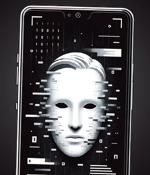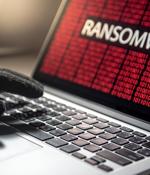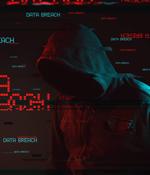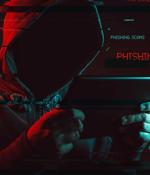Security News

Your profile can be used to present content that appears more relevant based on your possible interests, such as by adapting the order in which content is shown to you, so that it is even easier for you to find content that matches your interests. Content presented to you on this service can be based on your content personalisation profiles, which can reflect your activity on this or other services, possible interests and personal aspects.

Large language models (LLMs) powering artificial intelligence (AI) tools today could be exploited to develop self-augmenting malware capable of bypassing YARA rules. "Generative AI can be used to...

A Chinese-speaking threat actor codenamed GoldFactory has been attributed to the development of highly sophisticated banking trojans, including a previously undocumented iOS malware called...

B.J. Herbison February 5, 2024 11:36 AM. Was the call recorded? On the call we have a bunch of scammers and one person who says "The deepfakes were great, I was fooled." and sends the money. The "Worried about a phishing email" might be just posturing.

Cyber attacks using AI-generated deepfakes to bypass facial biometrics security will lead a third of organizations to doubt the adequacy of identity verification and authentication tools as standalone protections. Remote account recovery, for example, might rely on an image of the individual's face to unlock security.

Cybercriminals have Canada in the crosshairs, with five Ontario hospitals and a fresh Spamoflague disinformation campaign targeting "Dozens" of Canadian government officials, including the PM. The cyberattack against five southern Ontario hospitals has shut down IT systems, forcing them to cancel patient appointments over "The next few days," according to service provider TransForm. On Monday, the services org posted an alert saying that its member hospitals and Windsor-Essex Hospice were experiencing a systems outage, which included email.

Šimečka and Denník N immediately denounced the audio as fake. The fact-checking department of news agency AFP said the audio showed signs of being manipulated using AI. But the recording was posted during a 48-hour moratorium ahead of the polls opening, during which media outlets and politicians are supposed to stay silent.

Šimečka and Denník N immediately denounced the audio as fake. The fact-checking department of news agency AFP said the audio showed signs of being manipulated using AI. But the recording was posted during a 48-hour moratorium ahead of the polls opening, during which media outlets and politicians are supposed to stay silent.

No, your CEO is not on Teams asking you to transfer money Deepfakes are coming for your brand, bank accounts, and corporate IP, according to a warning from US law enforcement and cyber agencies.…

A new report from Forrester is cautioning enterprises to be on the lookout for five deepfake scams that can wreak havoc. The deepfake scams are fraud, stock price manipulation, reputation and brand, employee experience and HR, and amplification.